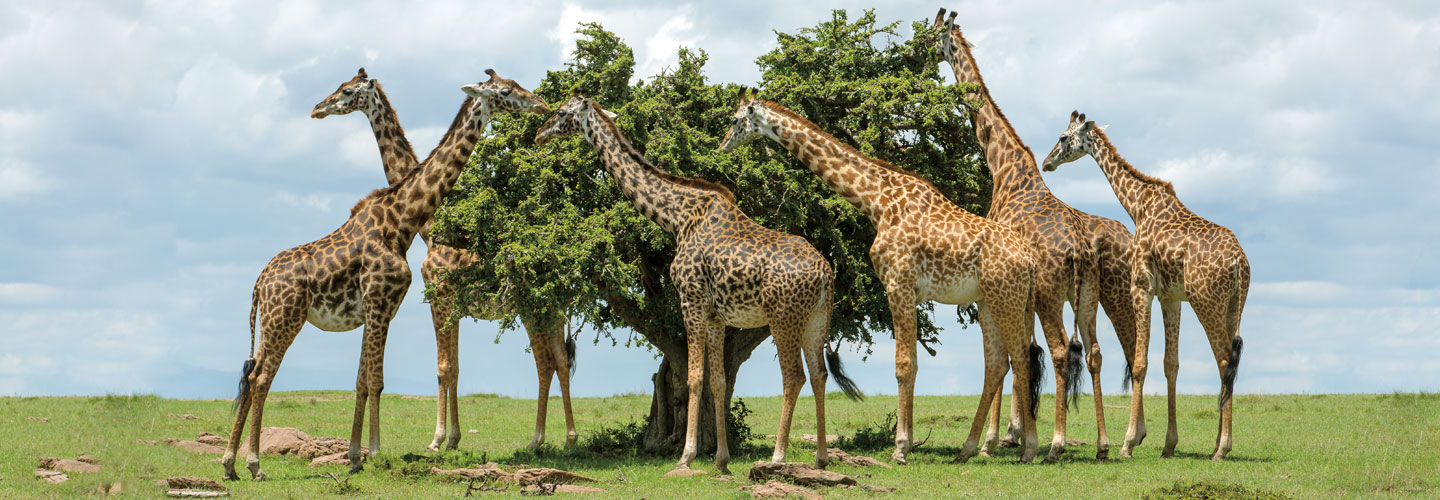Spotting a giraffe while on safari is pretty easy. From its 6-foot-long neck to its distinct brown-and-tan pattern, you wouldn’t mistake one for a zebra. For years, scientists agreed that there was just one species of giraffe, with nine subspecies. But they’re now rethinking that definition. A new analysis of giraffe DNA suggests that giraffes should be regrouped into four separate species.
Spotting a giraffe while on safari is pretty easy. Giraffes have 6-foot-long necks and distinct brown-and-tan patterns. You wouldn’t mistake one for a zebra. For years, scientists thought that there was just one species of giraffe with nine subspecies. But a new study of giraffe DNA suggests that giraffes should be divided into four different species.

